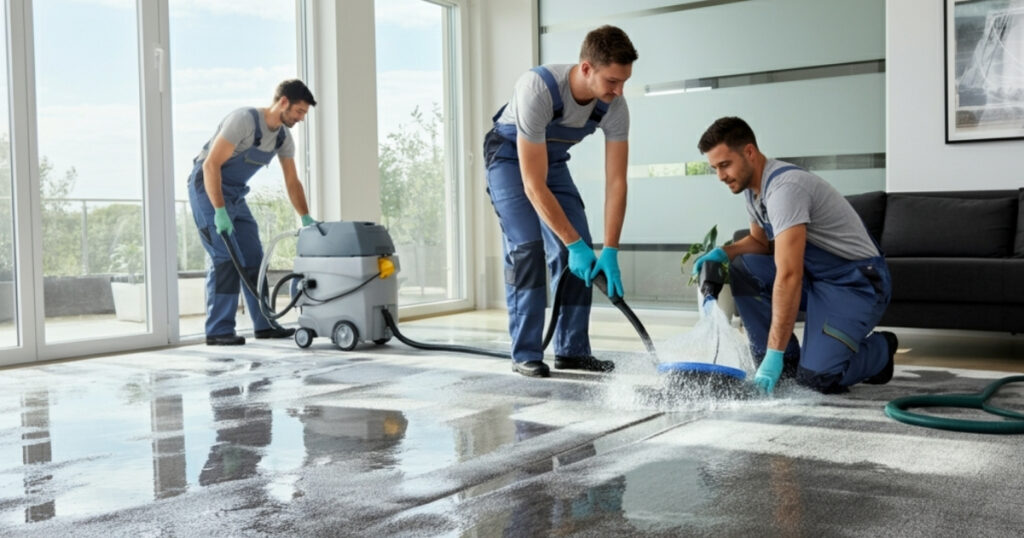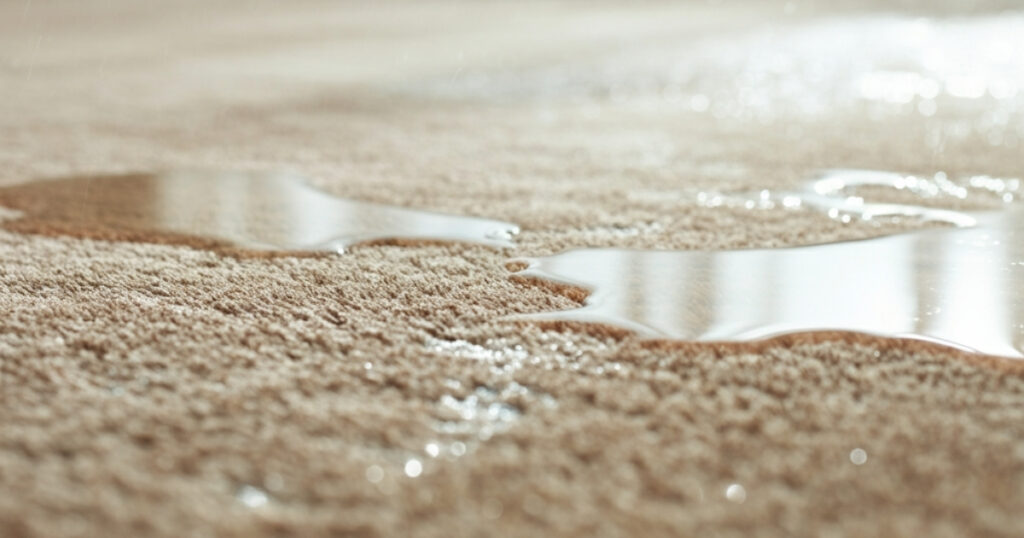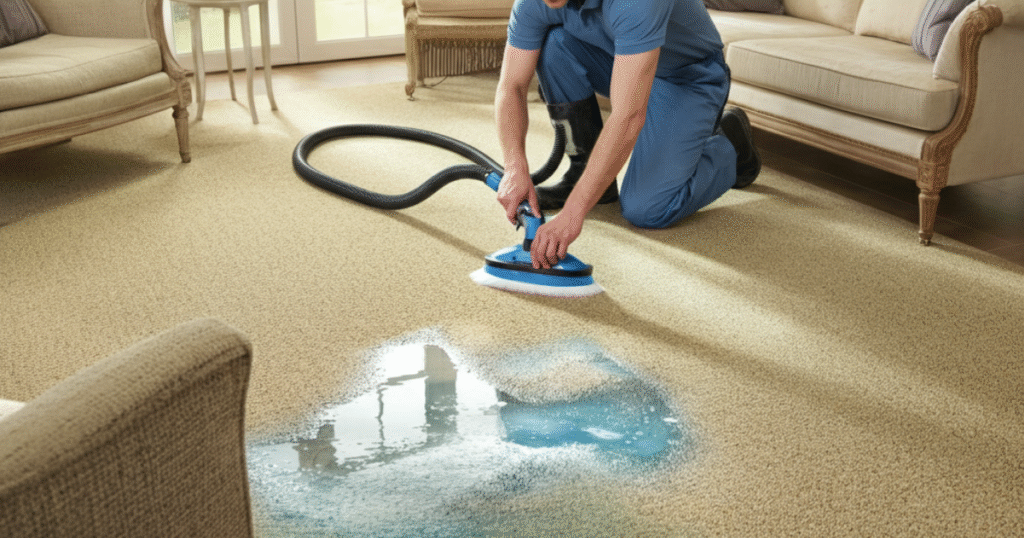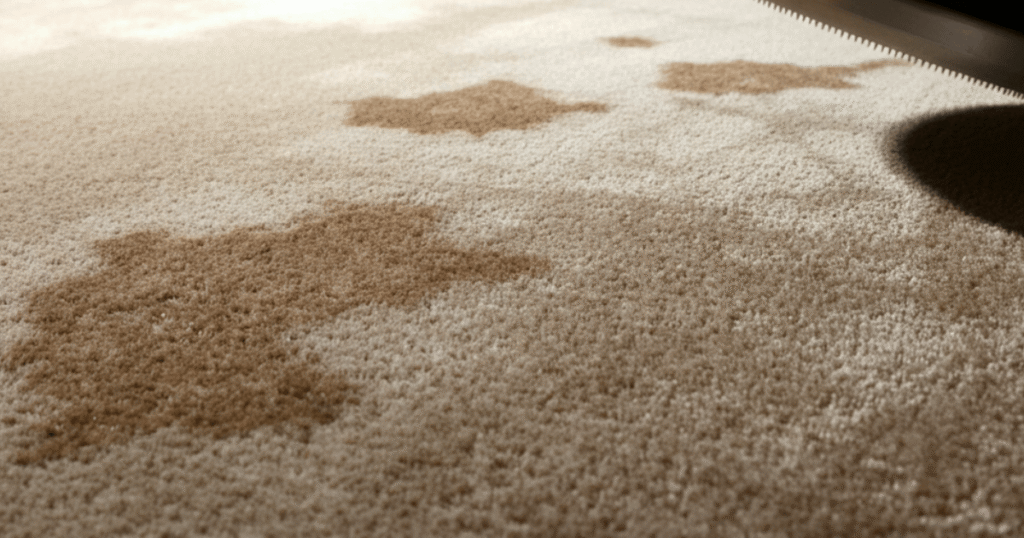Dogs chewing outdoor furniture is a frustrating problem many pet owners face. However, understanding why dogs engage in this behavior and implementing the right strategies can effectively solve this issue. This guide provides practical solutions to protect your outdoor furniture while keeping your furry friend happy and healthy.
Chewing is a natural behavior for dogs, but when it targets your patio set or garden furniture, it becomes costly and annoying. Fortunately, you can train your dog to avoid this destructive habit using proven methods that work for dogs of all ages and breeds.
Understanding Why Dogs Chew Outdoor Furniture
Dogs don’t chew your outdoor furniture out of spite. Instead, several underlying factors drive this behavior, and identifying the cause helps you choose the most effective solution.
Boredom ranks as the primary reason dogs destroy outdoor furniture. When left alone in the yard without adequate mental stimulation, dogs seek entertainment through chewing. Additionally, anxiety and stress can trigger destructive behaviors, especially in dogs with separation anxiety or those adjusting to new environments.
Natural Instincts Behind Chewing Behavior
Puppies naturally explore their world through their mouths, making everything a potential chew toy. Adult dogs may continue this behavior if they never learned appropriate boundaries. Moreover, teething puppies experience discomfort that chewing helps relieve.
Some dogs also mark their territory through chewing, particularly on wooden furniture that absorbs their scent. Furthermore, certain breeds have stronger chewing instincts than others, with working breeds and terriers being especially prone to destructive chewing.
Environmental Factors That Encourage Chewing
Weather conditions can intensify chewing behavior. During hot summer days, dogs may chew shaded furniture for comfort. Similarly, rainy weather that keeps dogs indoors longer can lead to pent-up energy that manifests as destructive chewing once they’re outside.
The type and material of your outdoor furniture also matters. Wooden furniture appeals to dogs more than metal or plastic options because wood feels more natural in their mouths. Additionally, furniture treated with certain chemicals or stains may attract dogs due to interesting scents.
Immediate Prevention Strategies
Acting quickly when you notice chewing behavior prevents the habit from becoming deeply ingrained. Several immediate steps can protect your furniture while you implement long-term training solutions.
First, remove access to the furniture whenever possible. Cover pieces with tarps or furniture covers when not in use, or store smaller items in a shed or garage. This prevents your dog from practicing the unwanted behavior and reduces the temptation.
Physical Barriers and Deterrents
Installing physical barriers around your outdoor furniture creates an effective deterrent system. Use decorative fencing or plant barriers around seating areas to limit access. Alternatively, position furniture on elevated decks or patios where dogs cannot easily reach.
Taste deterrents work exceptionally well for most dogs. Commercial bitter apple sprays applied to furniture surfaces make chewing unpleasant without causing harm. However, reapply these products regularly, especially after rain or cleaning, to maintain their effectiveness.
Motion-activated sprinklers provide another deterrent option that startles dogs approaching furniture. These devices work particularly well for dogs who chew furniture in specific areas of your yard. Nevertheless, ensure the sprinkler placement doesn’t create muddy areas or water damage to your furniture.
Safe Chew Alternatives
Providing appropriate chew alternatives redirects your dog’s natural chewing instincts toward acceptable items. Place several weather-resistant chew toys near your outdoor furniture to give your dog better options when the urge to chew strikes.
Rotate toys regularly to maintain your dog’s interest and prevent boredom. Choose durable options designed for outdoor use that can withstand weather conditions. Additionally, select toys appropriate for your dog’s size and chewing intensity to ensure safety and effectiveness.
Consider puzzle toys and treat-dispensing options that provide mental stimulation along with physical satisfaction. These toys keep dogs engaged longer than simple chew items, reducing the likelihood they’ll seek entertainment through furniture destruction.
Long-term Training Solutions
Successful training requires consistency and patience, but it provides the most reliable way to keep dogs from chewing outdoor furniture permanently. Start with basic commands and gradually build more complex behaviors that redirect your dog’s attention away from furniture.
Teaching the “leave it” command forms the foundation of anti-chewing training. Begin indoors with treats, then progress to outdoor furniture once your dog reliably responds to the command. Practice daily sessions to reinforce the behavior until it becomes automatic.
Positive Reinforcement Techniques
Reward-based training works more effectively than punishment for addressing chewing behavior. Catch your dog choosing appropriate chew items over furniture and immediately praise them with treats, verbal praise, or play time. This positive association encourages repetition of the desired behavior.
Timing is crucial for effective positive reinforcement. Reward your dog within seconds of making the right choice to create a clear connection between the behavior and the reward. Consistency in timing and rewards helps dogs learn faster and retain training longer.
Create a reward schedule that gradually reduces treats while maintaining verbal praise and attention. This approach prevents your dog from becoming dependent on constant treats while still reinforcing good behavior choices.
Addressing Underlying Behavioral Issues
Dogs with separation anxiety often chew furniture as a coping mechanism. Address this underlying issue through gradual desensitization training that helps your dog feel more comfortable when left alone. Start with very short absences and gradually increase the duration as your dog’s comfort level improves.
Exercise plays a crucial role in preventing destructive chewing behavior. Tired dogs are less likely to seek entertainment through furniture destruction. Increase your dog’s daily exercise routine, particularly before leaving them alone in the yard for extended periods.
Mental stimulation is equally important as physical exercise. Provide puzzle feeders, training sessions, and interactive games that challenge your dog’s mind and reduce boredom-related chewing behaviors.
Choosing Dog-Resistant Outdoor Furniture
Selecting the right outdoor furniture materials significantly reduces the likelihood of chewing damage. Some materials naturally deter dogs, while others seem to invite destructive behavior.
Metal furniture offers excellent resistance to dog chewing and provides durability in outdoor conditions. Aluminum and steel options don’t absorb odors that might attract dogs, and their smooth surfaces offer little grip for determined chewers. However, ensure metal furniture doesn’t become too hot in direct sunlight, which could burn your dog’s paws or nose.
Material Considerations for Pet Owners
Plastic and resin furniture provides another chew-resistant option that’s lightweight and weather-resistant. However, some dogs may still attempt to chew softer plastic materials, so choose high-density options when possible. Additionally, UV-resistant treatments help prevent degradation that could make plastic more appealing to chewing dogs.
Avoid wicker and rattan furniture if your dog has strong chewing tendencies. These materials are particularly attractive to dogs because of their texture and natural fibers. Similarly, cushioned furniture with exposed foam or fabric edges invites destructive behavior.
Teak and other hardwoods resist chewing better than softer woods like pine or cedar. If you prefer wooden furniture, choose pieces with smooth finishes and avoid those with rough textures or exposed grain that provide better grip for chewing. To explore this topic further, read our in-depth guide: How to Protect Leather Furniture from Cats?
Protective Treatments and Coatings
Apply pet-safe wood sealers and stains to wooden furniture to reduce its appeal to dogs. Many commercial products contain bitter agents specifically designed to deter chewing while protecting the wood from weather damage. Test these products on inconspicuous areas first to ensure they don’t affect the furniture’s appearance.
Regular maintenance of protective coatings ensures continued effectiveness against both weather and chewing damage. Reapply treatments annually or as recommended by the manufacturer, paying special attention to areas where dogs typically focus their chewing efforts.
Consider professional treatments for expensive furniture pieces. Some companies offer specialized coatings that provide superior protection against both weather and pet damage, potentially saving money in long-term furniture replacement costs.
Frequently Asked Questions
1. Do bitter apple sprays really work to keep dogs from chewing outdoor furniture?
Yes, bitter apple sprays work effectively for most dogs when applied consistently. However, some dogs may initially ignore the taste, so combine spray deterrents with training and alternative chew options for best results.
2. How long does it typically take to train a dog to stop chewing outdoor furniture?
Most dogs respond to consistent training within 2-4 weeks, though some may take longer depending on age and the severity of the chewing habit. Puppies often learn faster than adult dogs with established behaviors.
3. Can I use essential oils as natural deterrents for outdoor furniture?
No, avoid essential oils as deterrents since many are toxic to dogs. Stick to commercial pet-safe products or consult your veterinarian for safe, natural alternatives that won’t harm your pet.
4. Should I punish my dog when I catch them chewing furniture?
No, punishment often increases anxiety and can worsen chewing behavior. Instead, redirect your dog to appropriate chew items and reward them for making good choices.
5. What type of outdoor furniture is completely dog-proof?
While no furniture is completely dog-proof, metal and high-density plastic options provide the best resistance to chewing damage. Combine resistant materials with proper training for optimal protection.
6. How much exercise does my dog need to prevent destructive chewing?
Exercise needs vary by breed and age, but most dogs require 30 minutes to 2 hours of daily physical activity. Mental stimulation through training and puzzle games is equally important for preventing boredom-related chewing.
Protecting Your Investment and Your Pet
Successfully preventing dogs from chewing outdoor furniture requires a combination of immediate prevention strategies, consistent training, and smart furniture choices. Understanding your dog’s motivations for chewing helps you select the most effective solutions for your specific situation.
Remember that patience and consistency are key to long-term success. Most dogs can learn to avoid outdoor furniture with proper guidance and adequate alternatives for their natural chewing needs. By implementing these strategies systematically, you’ll protect your outdoor furniture investment while maintaining a happy, healthy relationship with your canine companion.
As an Amazon Associate, I earn from qualifying purchases.



